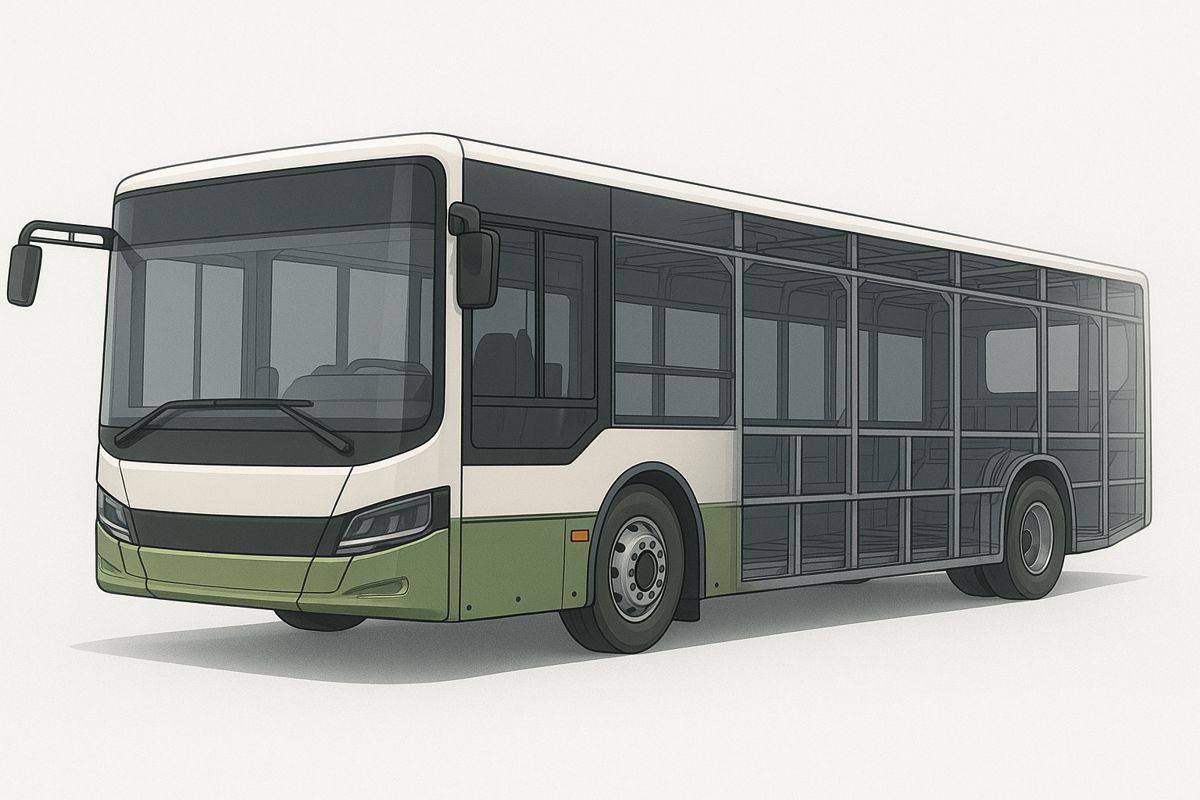Smarter Traffic Modelling For Congested Cities
Traffic has long been the bane of modern metropolitan life. Major cities grapple daily with an overwhelming volume of vehicles, turning straightforward journeys into time-consuming ordeals.
Urban congestion is not simply an inconvenience; it is a complex, dynamic system where small shifts in one district can reshape mobility patterns across an entire region. Planners face a difficult balancing act as they try to predict how interventions might reverberate through interconnected road networks. Traditional tools often fall short, particularly when attempting to model fluid, real-world behaviour in large cities.
The scale of the challenge is immense. Congestion drains productivity, reduces quality of life, and undermines economic performance. According to various global mobility studies, cities routinely lose billions in cumulative hours each year as drivers sit idly in traffic. These losses affect businesses and public institutions, shaping everything from delivery schedules to emergency response times. For planners, the priority is clear: better forecasting and more reliable modelling tools are essential to build safer, more efficient transport networks.
A Data-driven Advancement in Traffic Modelling
In a study published by AIP Publishing in Chaos, researchers from Kadir Has University in Istanbul introduced a new modelling framework designed to address these enduring challenges. Their creation, known as the Data-driven Macroscopic Mobility Model (D3M), offers a fresh way to capture traffic behaviour without the rigid assumptions baked into many traditional models.
Lead author Toprak Firat described how their lived experience shaped the research: “Being based in Istanbul, we live in one of the most congested cities in the world. Traffic isn’t just an academic problem here; it’s part of daily life and that gave us a strong motivation.” Istanbul’s chronic congestion provided both the inspiration and the test bed for a more flexible, adaptive system.
Conventional modelling approaches often rely on granular trip-level data and predetermined flow equations. While valuable in controlled settings, these methods can become unwieldy when applied to larger or more varied urban geographies. The researchers instead focused on readily available observations that planners routinely collect, such as street occupancy data.
As Firat explained: “Rather than using fixed equations for flow dynamics, we calibrate the model parameters directly from real-world traffic data. This allows D3M to adapt its behaviour to the observed conditions in each city, making it more flexible and realistic than models with hard-coded assumptions.”
Testing the Model Across Global Cities
To validate their approach, the team applied D3M to both synthetic benchmarks and real-world datasets from a diverse trio of cities: London, Istanbul, and New York City. These locations provided contrasting road networks, traffic cultures, and congestion patterns.
The results were striking. In controlled benchmark tests, D3M delivered greater accuracy while operating up to three times faster than a conventional model. When evaluated against real-world data, it was able to represent distinct traffic characteristics across cities with very different spatial layouts. This versatility suggests the model can be applied internationally without extensive reconfiguration, a significant advantage for planners facing varied local conditions.
Delivering Faster Insights for Planners
One of the model’s major strengths lies in its efficiency. Faster simulation speeds allow city authorities to run far more scenarios in a shorter time, helping them evaluate interventions with greater confidence. Reduced data requirements are equally important, particularly for cities without the resources to deploy extensive traffic monitoring systems.
Co-author Deniz Eroğlu detailed the implications: “The key breakthrough is that cities can now run sophisticated traffic simulations without needing expensive data collection. Urban planners could test ‘what-if’ scenarios like temporary closures due to accidents or maintenance and see the predicted traffic impact before spending millions on construction.”
This ability to quantify outcomes before committing funding allows governments to plan with far greater foresight. For example, when evaluating whether to pedestrianise a district centre or alter lane configurations along a congested corridor, planners can project ripple effects well beyond the immediate area.
Capturing System-wide Behaviour Instead of Localised Effects
One of the enduring difficulties in traffic modelling is understanding how congestion moves across a network. A blockage in a peripheral neighbourhood might appear insignificant, yet it can influence travel behaviour kilometres away. Drivers rerouting to avoid a hotspot may inadvertently create new choke points.
Eroğlu emphasised this critical dimension: “Imagine a system that doesn’t just react to traffic locally, but simulates how congestion can spread in complex, often unexpected ways across an entire city. A jam in one part of the network might trigger bottlenecks kilometres away not because of local crowding, but due to the ripple effects of shifting flows. Our model captures these dynamics, offering system-level foresight instead of piecemeal reaction.”
By accounting for these sprawling effects, the model helps planners anticipate secondary challenges and design more resilient networks. This systems-led understanding is central to modern smart city design, where integrated transport solutions are becoming the norm.
Moving Towards Real-time Urban Traffic Forecasting
Early results from the D3M model are promising, but the research team has their sights set on a more ambitious goal: real-time deployment. The authors plan to test the model in operational settings, where it could support dynamic forecasting and live traffic management.
If successful, this could empower municipalities to react faster to disruptions. For example, cities could automatically reroute traffic ahead of major sporting events, respond more effectively to accidents, and reduce the duration of congestion. Commuters would benefit from more reliable travel predictions, improving daily mobility and overall satisfaction.
In wider contexts, such advancements could support reductions in emissions, improve safety for vulnerable road users, and extend the life of road assets by reducing prolonged strain on certain corridors.
Expanding the Insights with Global Research
Beyond the scope of the original study, broader academic literature underscores the value of data-driven approaches. Machine learning, AI-assisted modelling, and predictive analytics are already reshaping transport planning across Europe, Asia, and North America. Research from global institutions such as MIT, ETH Zurich, and the University of Tokyo highlights the growing trend of combining sparse datasets with adaptive modelling to overcome traditional forecasting challenges.
International case studies also show the benefits of adopting more dynamic tools. Singapore’s Land Transport Authority, for example, has implemented real-time traffic prediction models that use data from sensors, satellites, and public transport feeds. Similar approaches are being trialled in Helsinki and Melbourne, where urban planners increasingly rely on predictive digital twins.
D3M aligns neatly with these emerging methods, offering scalability and adaptability across varying geographic contexts.
A Promising Future for Predictive Traffic Modelling
Emerging tools like D3M offer planners a clearer path through the complexities of urban mobility.
As cities grow and transport demands evolve, adaptive data-driven approaches could prove vital in cutting delays, reducing emissions, and helping commuters reclaim lost hours. Their promise lies not in replacing traditional planning but in enriching it with sharper insights and broader system awareness.




















